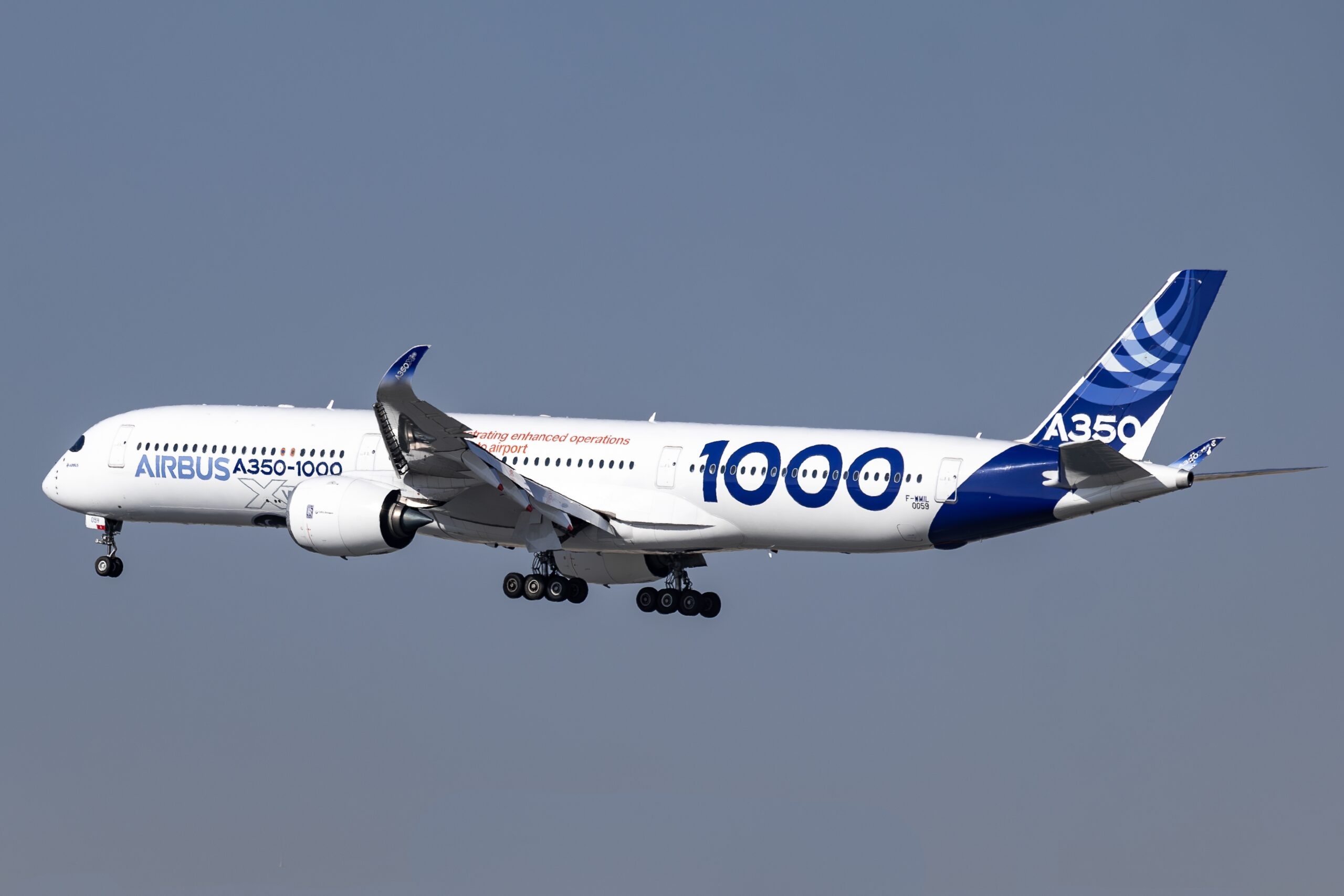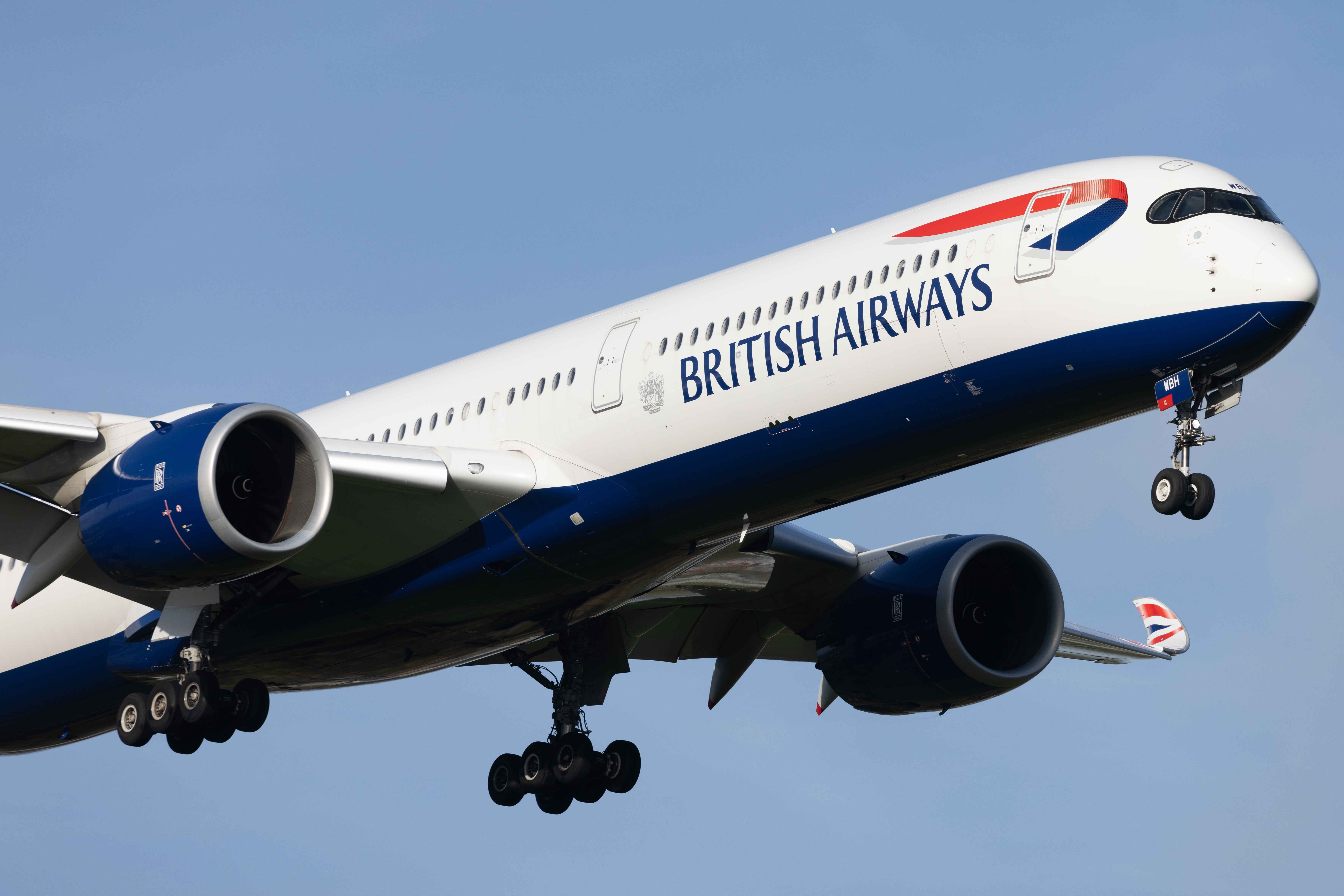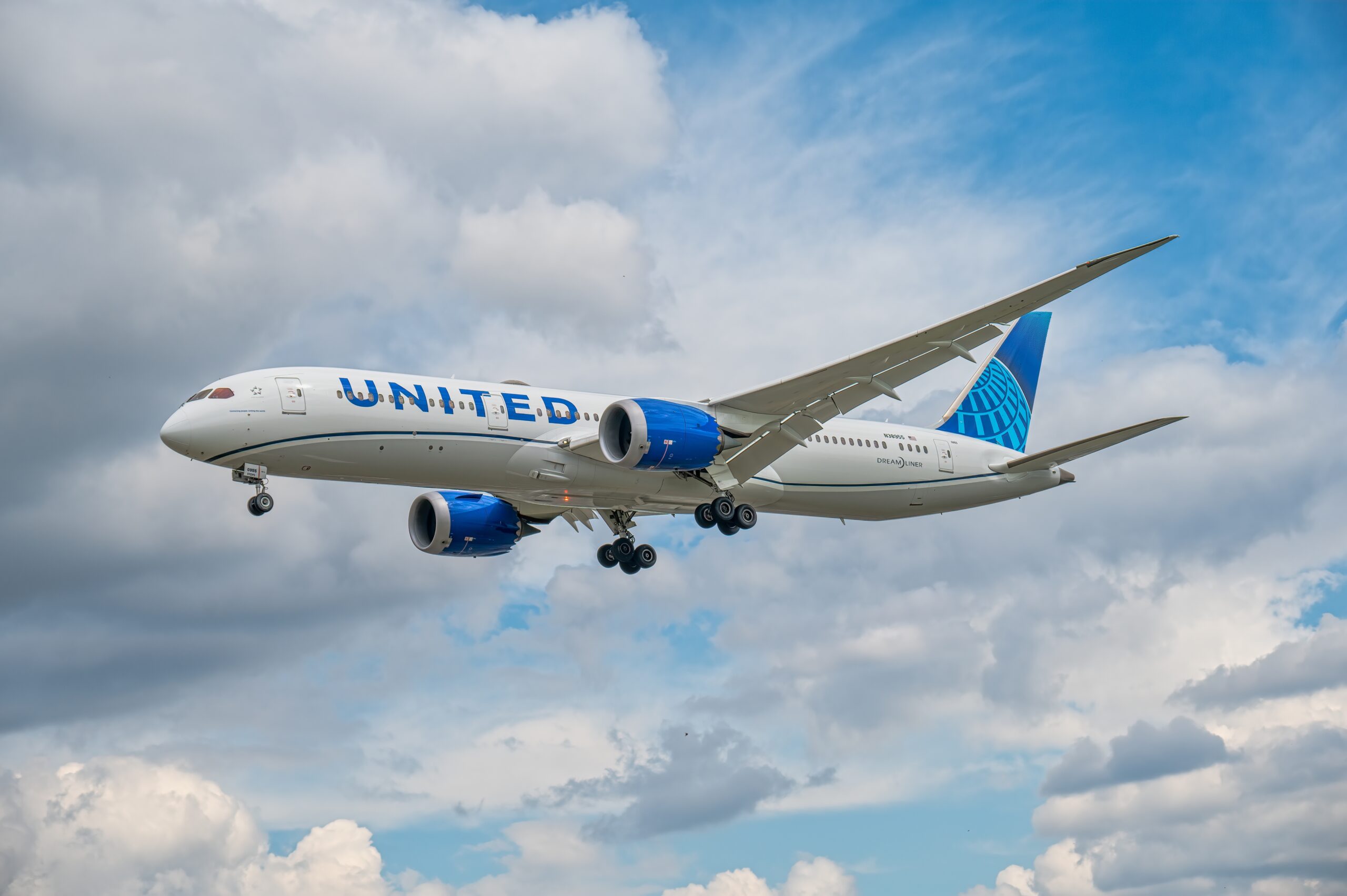F-15 vs F-18: Compare these iconic fighter jets in speed, firepower, and versatility. Discover which dominates the skies in air superiority and combat missions.
Table of Contents
F-15 vs F-18: A Detailed Comparison of Two Iconic Fighter Jets
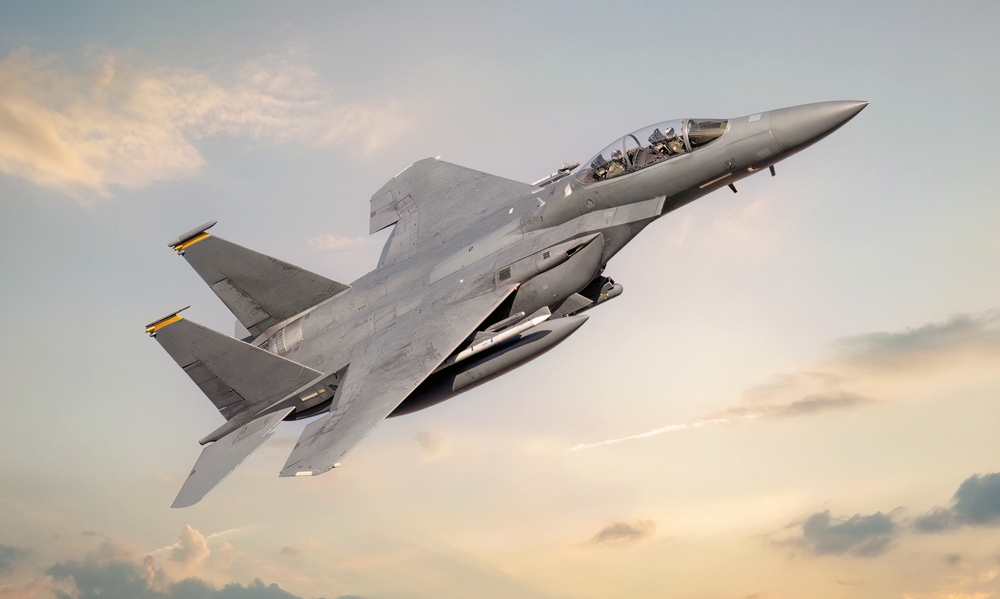
The F-15 Eagle and the F/A-18 Hornet are two of the most renowned fighter jets in the U.S. military. Each has its unique history and capabilities that make it a formidable presence in the skies. Understanding these two aircraft requires an exploration of their development, design, performance, and operational history.
Development and Design
The F-15 Eagle emerged during the Cold War. In the 1960s, the U.S. faced the Soviet MiG aircraft’s growing threat. McDonnell Douglas (now Boeing) designed the F-15 to maintain air superiority. Its design emphasized speed, maneuverability, and a powerful radar system. Featuring twin engines, the F-15 prioritizes thrust and high-altitude performance.
The F/A-18 Hornet began as a multirole fighter, capable of both air-to-air combat and ground attack missions. Northrop and McDonnell Douglas developed this in response to a U.S. Navy need for a versatile carrier-based aircraft. While initially designed for the Navy, the Hornet adapts to Marine Corps needs as well. Its design balances agility with durability, necessary for carrier operations.
Technical Specifications
The F-15 sets itself apart with its sheer power. It boasts two Pratt & Whitney F100 engines, allowing it to reach speeds exceeding Mach 2.5. The F-15’s climb rate, more than 50,000 feet per minute, is unmatched by many contemporary fighters. With a wingspan of 42.8 feet and a length of 63.8 feet, it casts a large shadow on the tarmac.
In contrast, the F/A-18 operates as a more compact package. Its twin General Electric F404 engines push it to approximately Mach 1.8. Slightly smaller, with a wingspan of 40.4 feet and a length of 56 feet, the F/A-18 sacrifices top speed for versatility and carrier compatibility. Its folding wings design fits well on cramped carrier decks.
Avionics and Weaponry
The F-15’s avionics suite facilitates its air superiority role. A powerful AN/APG-63 radar system allows long-range target acquisition. This is crucial for beyond visual range (BVR) engagements. It can carry a mix of AIM-7 Sparrow and AIM-120 AMRAAM missiles for BVR, along with AIM-9 Sidewinders for shorter range engagements. A 20mm M61 Vulcan cannon complements its missile systems.
The F/A-18’s avionics focus on multirole functionality. With its AN/APG-65 radar, upgraded in later models, it achieves solid performance across a variety of missions. Weapon flexibility stands out. It can carry air-to-air missiles, precision-guided bombs, and unguided munitions. Its use of the M61 cannon is similar to the F-15, but the emphasis is on flexible loadouts.
Operational History
The F-15 has an illustrious combat record. First flown in 1972, it saw action in various conflicts. Its debut in Operation Desert Storm highlighted its capabilities. F-15 pilots achieved over a hundred confirmed aerial victories, affirming the aircraft’s dominance. It remains in service today, with ongoing upgrades to its avionics and weaponry.
The F/A-18 has been versatile in numerous operations since its first flight in 1978. Its carrier capability offers strategic advantages. In conflicts like Operation Iraqi Freedom, it proved effective for both air superiority and ground attack missions. The Hornet’s ability to adapt quickly to changing battlefield requirements showcases its multirole strengths.
Upgrades and Variants
The F-15 developed several variants over the years. The F-15E Strike Eagle model, in particular, shines in a dual-role capability. It switches effortlessly between air dominance and ground attack. Modern upgrades include improved radar, electronic warfare systems, and new engines to extend its operational life.
The F/A-18 evolved significantly, leading to the F/A-18E/F Super Hornet. This newer model offers enhanced capabilities in terms of range, payload, and avionics. It incorporates advanced electronic warfare systems, improving survivability in complex environments. The Super Hornet is crucial for the U.S. Navy, serving as a backbone of its carrier strike groups.
Roles and Missions
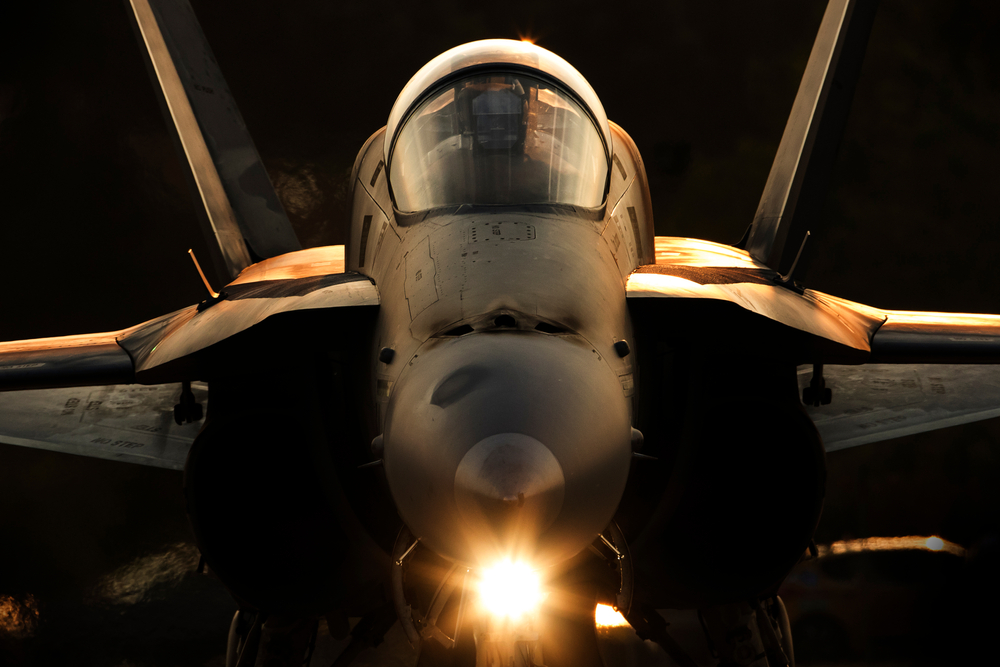
The F-15 excels in air superiority. Its design reflects this focus, ensuring that it can dominate enemy aircraft in dogfights or at long range. Secondary roles such as ground attack and reconnaissance complement its primary mission.
The F/A-18’s multirole design supports a broad spectrum of missions. From fleet air defense to close air support, the Hornet adapts to various situations. Its ability to switch between strike and air superiority missions allows operational flexibility. Essential in both Navy and Marine operations, it provides critical air support in numerous scenarios.
Training and Pilot Experience
Pilots of the F-15 experience a machine built for speed and power. Training focuses on using its strengths in air combat scenarios. High emphasis is placed on mastering its advanced radar systems and engaging at long ranges.
F/A-18 training emphasizes versatility. Pilots learn to operate from aircraft carriers, requiring specialized skills. They must be adept at both air-to-air and air-to-ground tactics. Carrier landings and takeoffs add a layer of complexity to their operations.
Global Presence
The F-15 finds use around the world, with several allied nations employing its services. Countries like Japan, Saudi Arabia, and Israel benefit from its imposing presence. Its reputation as a reliable air superiority fighter remains strong worldwide.
The F/A-18 also enjoys international appeal. Nations including Australia, Canada, and Switzerland employ it for their air forces. Its multirole nature proves attractive for countries seeking a versatile and reliable aircraft.
Cost and Production
The F-15’s cost reflects its advanced technology and capabilities. Each unit’s manufacturing requires significant resources, with ongoing upgrades adding to expenses. However, the investment is justified by its performance and track record.
The F/A-18 is considered more cost-effective in terms of production and maintenance. Its dual-role nature means fewer aircraft are needed to fulfill a range of missions. The Super Hornet variant also balances enhanced capabilities with manageable costs.
Future Prospects
The F-15 continues to develop, with new upgrades planned for future blocks. Incorporating advanced electronic systems and weaponry will keep it relevant in modern battlefields. Its service life is expected to extend well into the coming decades.
The F/A-18 remains a mainstay of the U.S. Navy’s carrier wings. As naval operations evolve, continuous improvements are essential. New variants and upgrades will assure its operational effectiveness in a rapidly changing military landscape.


